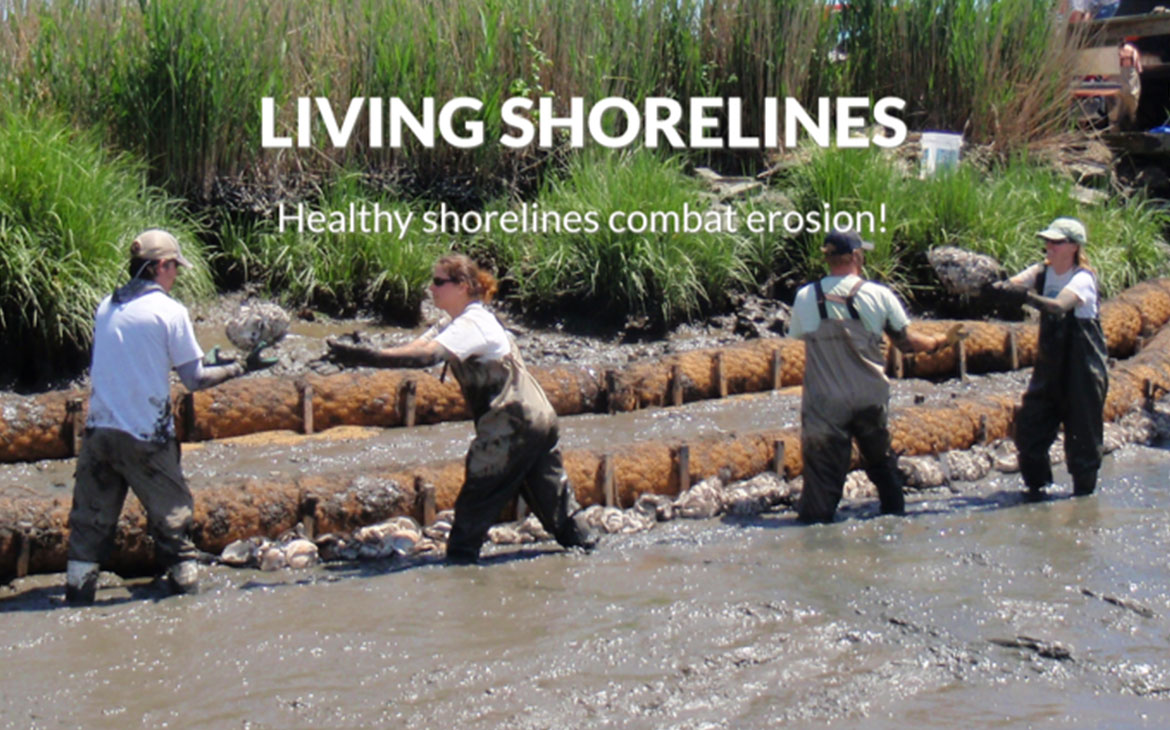Preliminary installation of a living shoreline using coir fiber logs and shell bags in the Maurice River, NJ. Smooth cordgrass (Spartina alterniflora) was planted directly into the logs. Photo courtesy of the Partnership for the Delaware Eestuary.
As sea levels rise and storms build in frequency, researchers are looking for ways to protect and preserve the natural integrity of the coastline. Along the eastern seaboard of North America, geological changes are also causing land to sink, intensifying the flood-inducing effects of the rising ocean. One approach to enhancing coastal resiliency is the installation of “living shorelines.” In contrast with traditional shoreline stabilization measures, such as seawalls, methods have been developed that incorporate natural features to reduce erosion and create habitat; known as living shorelines, these methods incorporate ecological principles into engineering design. Projects are usually implemented at the water-land interface with two complementary goals. The first is to stem erosion that can lead to a rapid loss of the marsh surface bringing salt water inland. The second is to accelerate sediment accretion to assist the marsh in keeping pace with sea level rise and thus reduce flooding. Construction materials for living shoreline projects are usually biodegradable, such as coir and native plants. By using wetland plants, natural structures, and shellfish breakwaters, wave energy is absorbed and erosion can be reduced while maintaining the ecological function of the shoreline. Implementation costs are comparable or less than hard structures and require annual maintenance as one might need to maintain any other living landscape. Researchers are actively validating how and where living shorelines may be effective alternatives.
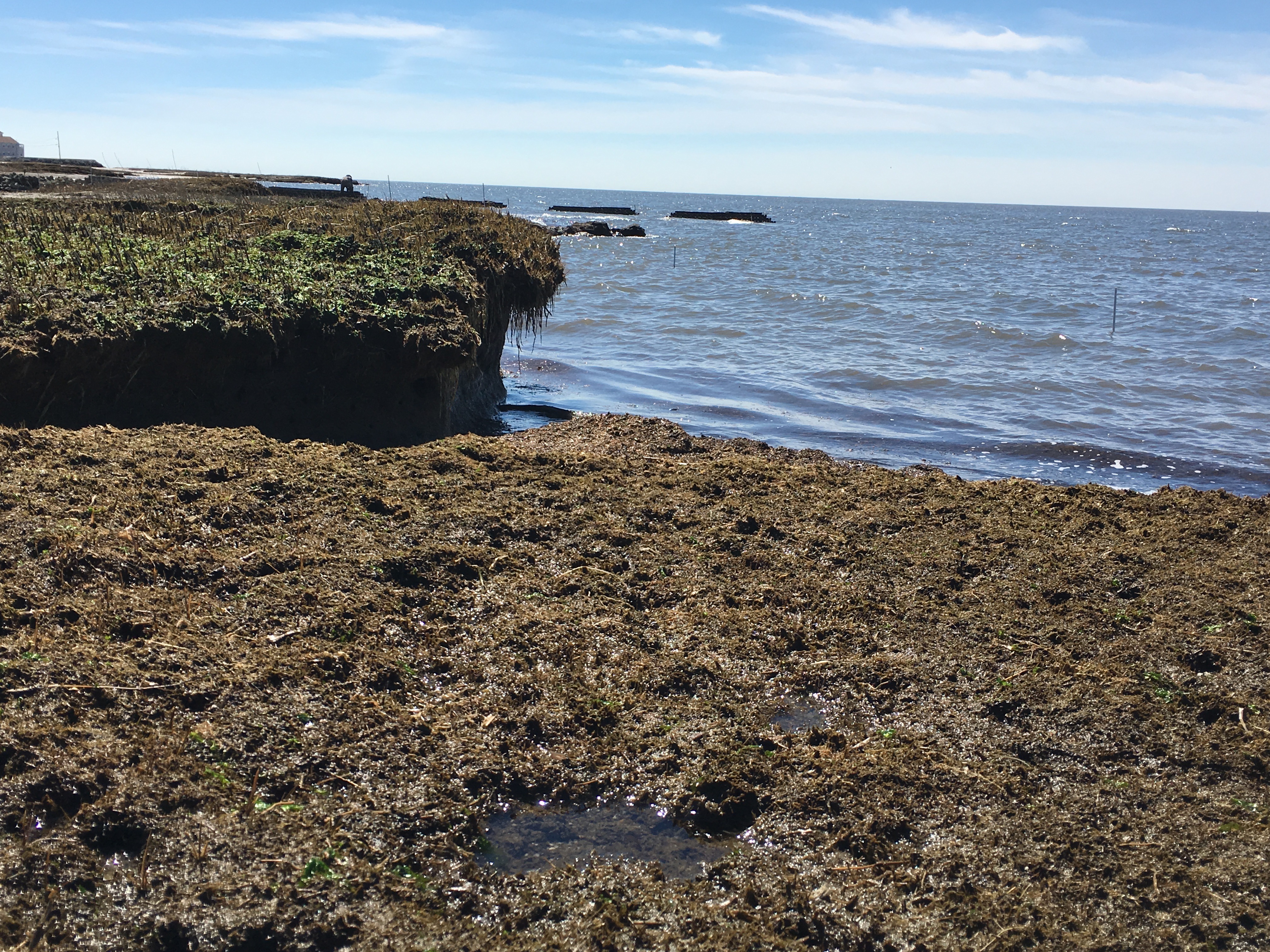
Two current living shoreline projects are situated at Money Island and Gandy’s Beach, located along the New Jersey coast of Delaware Bay. This important area for fisherman, oyster farmers, and wildlife is being impacted by climate change. In response, Rutgers University and its partners; US Fish and Wildlife Service, The Nature Conservancy, and Partnership for the Delaware Estuary; have been working to create a living shoreline to reduce damage from future storms, provide habitat for wildlife, and improve water quality.
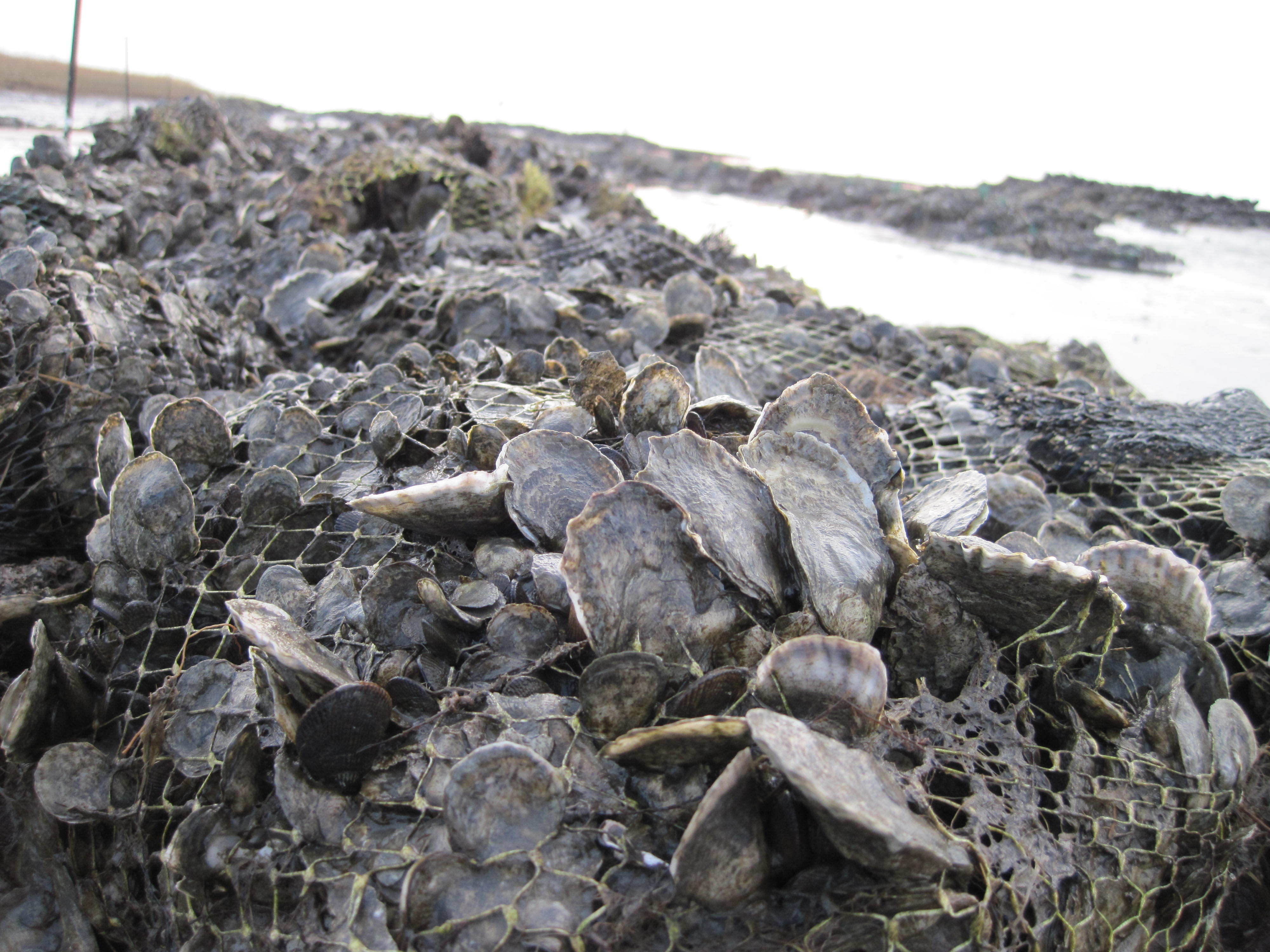
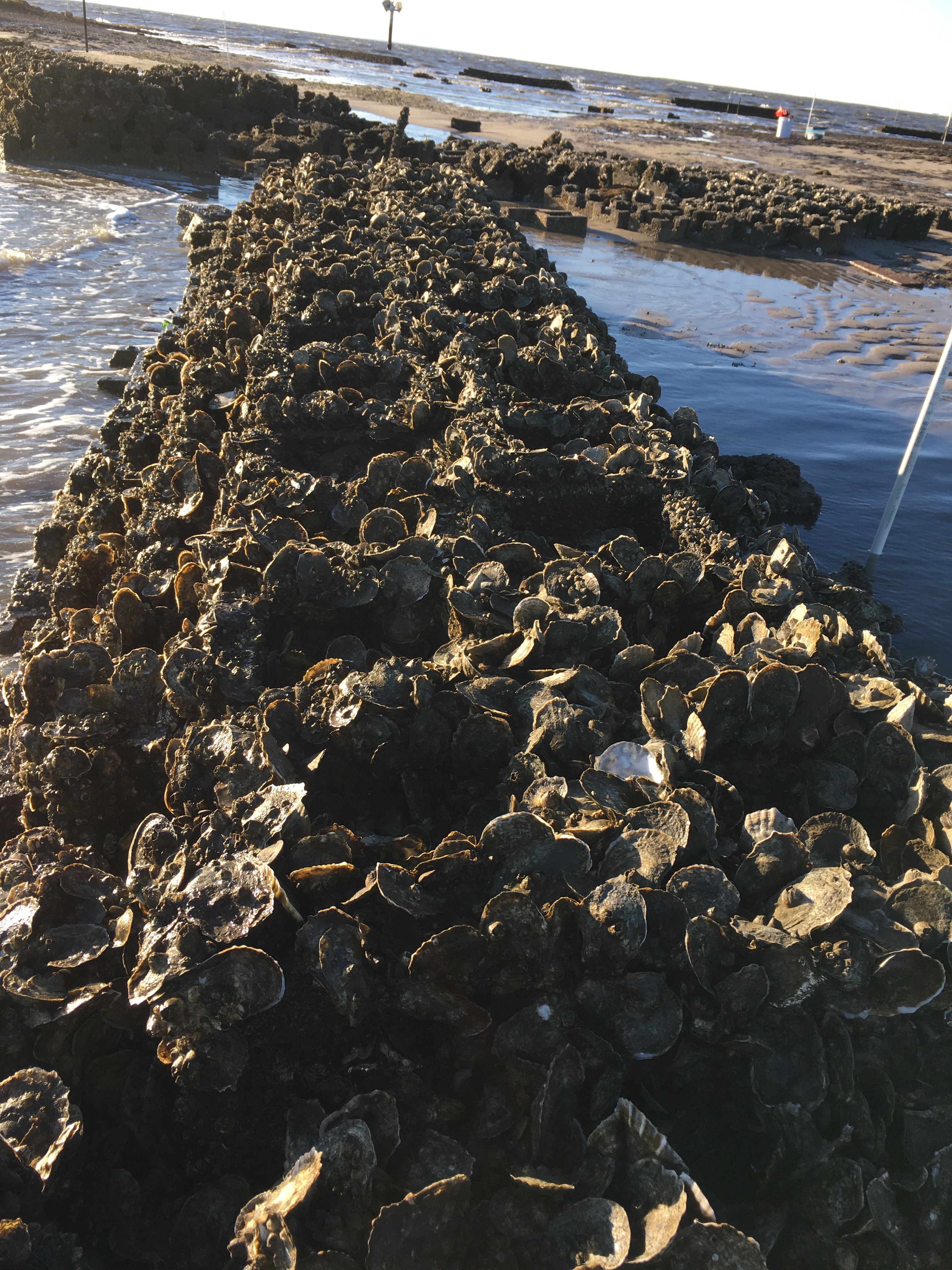
The collaborative project used coir fiber logs, native plants (Spartina alterniflora) shell bags and Oyster Castles to augment the beaches. Since project construction began in 2015, scientists have been monitoring the living shorelines to detect changes in sediment elevation, marsh topography, wave energy and biological features, such as shellfish recruitment and survival as well as habitat provision for fish and mobile crustaceans.
The habitat portion of the project has been studied by Rutgers researchers, Jenny Paterno Shinn, Dr. David Bushek and Lisa Calvo. The living shoreline projects were found to be providing habitat for forty different species of fish and crustaceans, often occurring in both juvenile and adult stages suggesting that the habitats may have a nursery function.
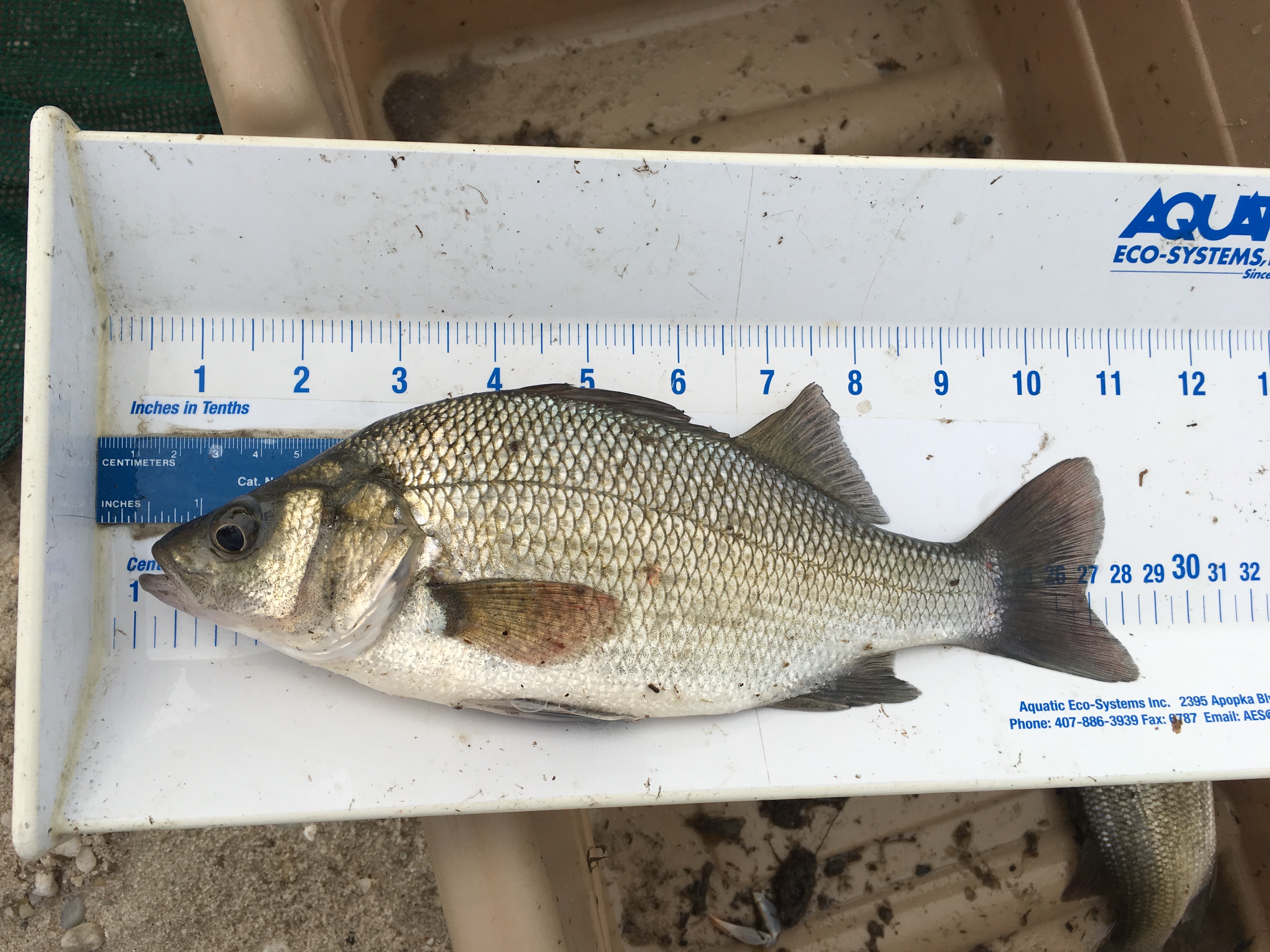
Species of commercial and recreational importance, such as; blue crabs, silver perch, summer flounder, black sea bass, weakfish, striped bass and black drum were found to be utilizing the enhanced habitats. Additionally, shell bags and Oyster Castles installed along the intertidal portion of the shoreline, provided settlement surfaces for over 650,000 oysters. Continued monitoring work is ongoing.

